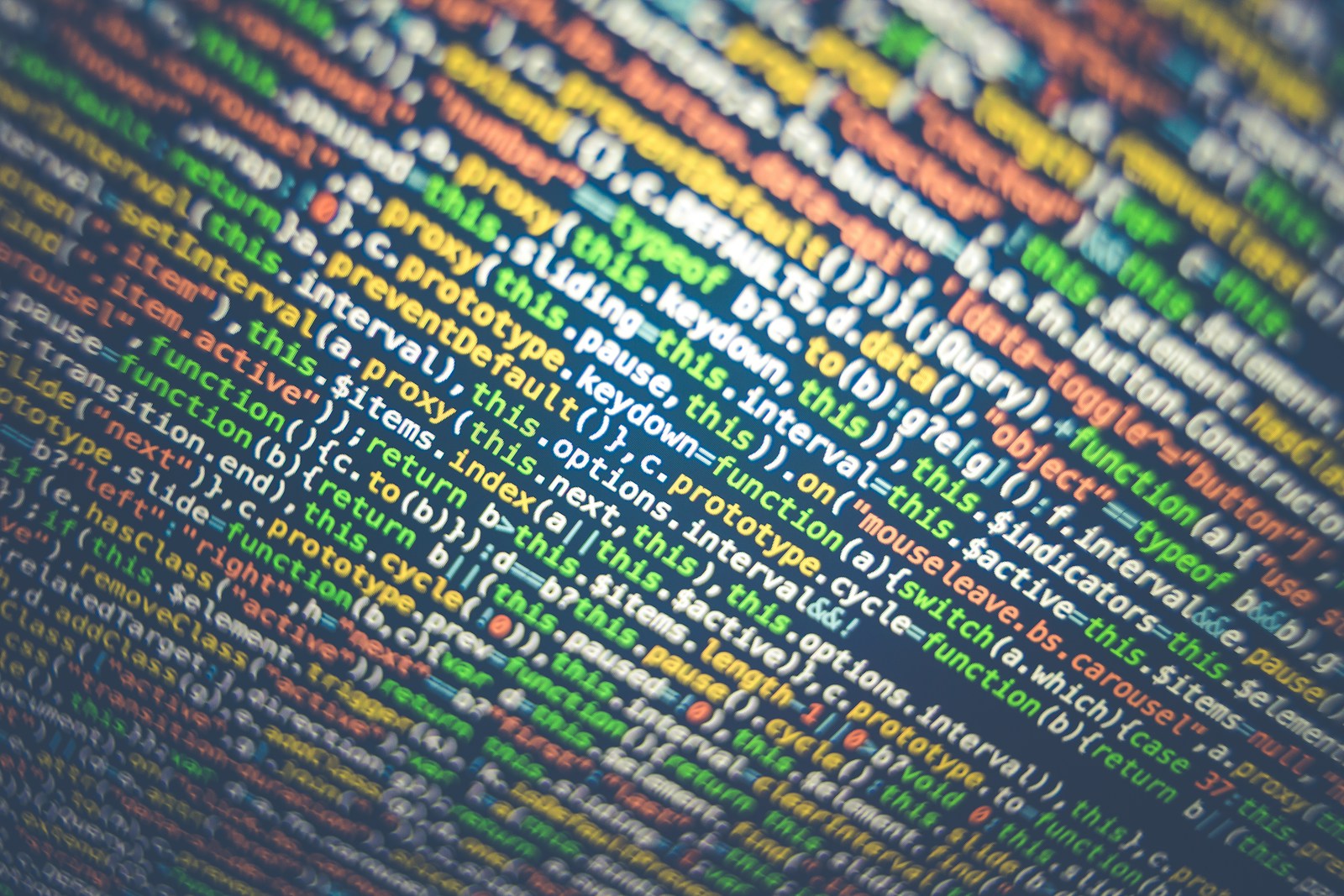Category: Free Reading
-

How GraphQL Increases Revenue for E-commerce Websites
Introduction In today’s fast-paced e-commerce world, speed, flexibility, and customer experience are key. With these goals in mind, GraphQL has emerged as a powerful tool that allows online retailers to optimize data fetching, enhance user engagement, and drive revenue growth. This article will explore what GraphQL is and explain how it can increase revenue for…
-

Artificial Intelligence and Machine Learning: Boosting Revenue for E-commerce Websites
Introduction Artificial Intelligence (AI) and Machine Learning (ML) are transforming the e-commerce landscape, offering personalized experiences and optimized operations that directly drive revenue. With the exponential growth of online shopping, these advanced technologies enable businesses to meet customer demands with precision, improve operational efficiency, and ultimately increase profitability. Here’s how AI and ML are making…
-

Leveraging Artificial Intelligence and Machine Learning in Computer Vision for E-Commerce
Introduction In today’s digital landscape, e-commerce businesses are increasingly turning to Artificial Intelligence (AI) and Machine Learning (ML) to stay competitive. Among the key technologies they’re utilizing is computer vision—a field within AI that allows machines to “see” and analyze images and videos much like humans do. For e-commerce websites, this technology has immense potential.…
-

Augmented Reality (AR) and Virtual Reality (VR): Developing Immersive Web Experiences to Drive E-Commerce Revenue
Introduction In today’s digital era, businesses are leveraging technology to create more engaging, immersive experiences for their customers. Augmented Reality (AR) and Virtual Reality (VR) have emerged as powerful tools in this transformation, offering unique opportunities to enhance user engagement and increase revenue. This article explores how AR and VR technologies are used to develop…
-

Advanced Performance Optimization for Websites: Key Techniques and Best Practices
Introduction As websites become increasingly complex, optimizing performance has become essential. Slow-loading sites can lead to higher bounce rates, reduced user engagement, and a negative impact on SEO rankings. In this article, we’ll dive into three core techniques for advanced performance optimization: image optimization, code minification and bundling, and content delivery networks (CDNs). Each of…
-

Probability Theory
Introduction Probability theory is a branch of mathematics that helps us measure how likely an event is to happen. Imagine you have a coin, and you flip it. It can either land on “heads” or “tails.” Probability theory allows us to figure out the chance of each of these outcomes happening. Key Concepts in Probability…
-

Statistical distributions (normal, log-normal, t-distribution etc
Introduction Statistical distributions describe how values in a dataset are spread or distributed across possible outcomes. Understanding distributions helps us predict, analyze, and interpret data. Let’s break down some common statistical distributions in simple terms: 1. Normal Distribution Also called a Gaussian distribution or a bell curve, the normal distribution is one of the most…
-

Statistical Concept:Hypothesis Testing
Introduction Hypothesis testing is a statistical method used to make decisions or draw conclusions about a population based on a sample of data. It’s like having a “mini-experiment” to test whether what we see in the sample also applies to the larger group (the population). Let’s break down the key concepts: 1. What is a…
-

Statistical Concept:Confidence Intervals
Introduction A Confidence Interval (CI) is a range of values that we believe, with a certain level of confidence, includes the true value of a parameter (like the average or proportion) in a population. Confidence intervals are commonly used in statistics because they help us understand the accuracy of our estimates. Key Components of Confidence…
-

Time Series Analysis: Stationarity and Non-Stationarity
Introduction Time Series Analysis is a statistical method used to analyze data points collected or recorded at specific time intervals over a period. It’s widely used in various fields, like finance, weather forecasting, stock market analysis, and more, to identify patterns, trends, and seasonality in data. Two fundamental concepts in time series analysis are stationarity…
